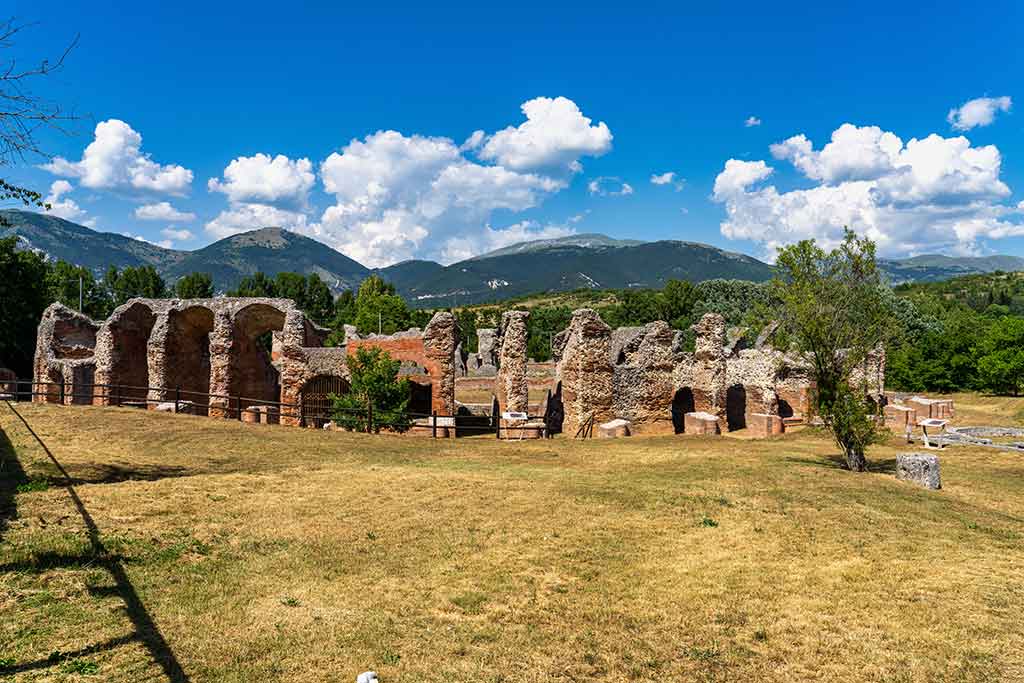
The area is easily accessible from Rome and makes a perfect getaway for a weekend or mid week break from the hustle of the city or a great wind down stop after traveling through Italy. For travelers who seek the untouristy, off-the-beaten-track itineraries, this route from Rome through Sabina and eventually on to Umbria will offer splendid scenery, tranquil roads, rolling olive -lad hills dotted with tiny medieval hilltop villages, and small hidden treasures to discover and savour.
The territory of the Sabine hills, perhaps more than any other area of central Italy, has preserved its original rural character.
Rieti, capital of the province, marks the very center of the region, and is one of the least populated in Italy, notwithstanding its vicinity to Rome. The countryside explodes with color in spring and summer, with yellow broom and fields of sunflowers, as well as the green olive trees, which produce one of Italy's finest extra virgin olive oils with its DOP recognition.
Many of the farms have been honored with prestigious annual awards. The oldest olive tree in Europe, two thousand years old, with a trunk measuring 7 meters in circumference, is one of the natural treasures of Sabinia.
A surprising number of small hilltop villages remain unspoiled and authentic and although there are no “name brand” monuments, apart from the magnificent Farfa Abbey, and very few mentions in guide books, the area is steeped in history and medieval architecture.
The Sabine hills offer the visitor a relaxing getaway, the chance to discover some of Italy's minor and secret treasures, meet local people in authentic surroundings, and savour the slower pace of life with traffic-free panoramic roads and plenty of silence.